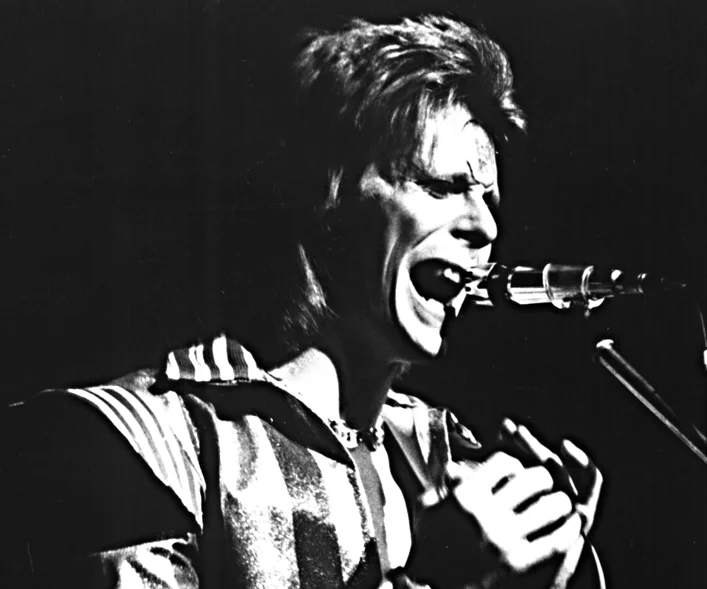1. David Bowie – Low (1977)
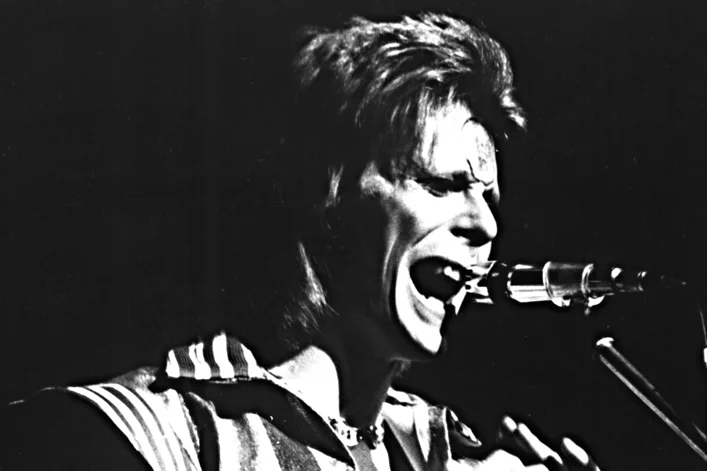
David Bowie’s Low marked a major departure from the glam rock sounds that had made him a star. The album, the first of his “Berlin Trilogy” collaborations with Brian Eno, fused experimental electronic music with rock, creating a moody, atmospheric sound that was ahead of its time. Tracks like “Warzawa” introduced minimalist symphonic arrangements, while songs like “Be My Wife” still kept that Bowie flair, but with a darker, more introspective twist. The combination of electronic textures, ambient sounds, and rock created a sound that was completely new and set the stage for many future genres.
Bowie wasn’t just challenging musical conventions; he was challenging the very idea of what an album could be. Low was a non-traditional structure, with its two distinct halves – the first more structured, the second more experimental. This radical shift was unexpected for the mainstream music scene at the time, making Low not only unique but a groundbreaking moment in music history.
2. Pink Floyd – Animals (1977)
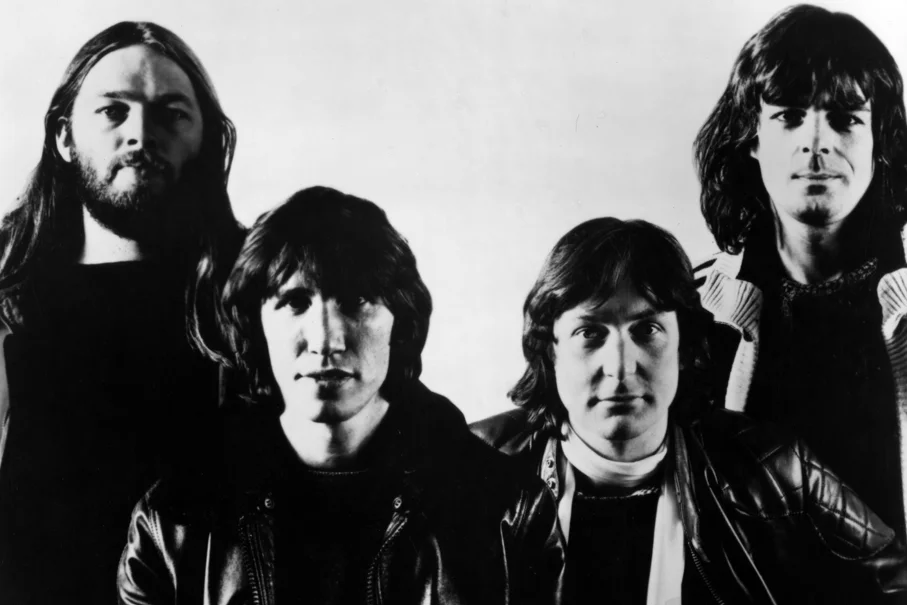
Pink Floyd’s Animals didn’t just break the mold; it shattered it entirely. Released at the tail end of the ’70s, this album was a conceptual exploration of society’s class system, drawing inspiration from George Orwell’s Animal Farm. The band fused progressive rock with hard-edged commentary, crafting a sound that was sprawling and epic, but also sharp and biting. Songs like “Dogs” and “Pigs” weren’t just musically ambitious—they were introspective pieces that explored the harshness of human nature and societal structures.
What set Animals apart from other albums of the era was its tone and its approach to rock music. The album didn’t have the usual catchy hooks or radio-friendly singles. Instead, it was an immersive experience that took listeners on a journey through sound and thought, with the atmosphere and mood of the album often more important than the traditional song structure. It was a bold, experimental statement that left a lasting impact.
3. The Velvet Underground – Loaded (1972)
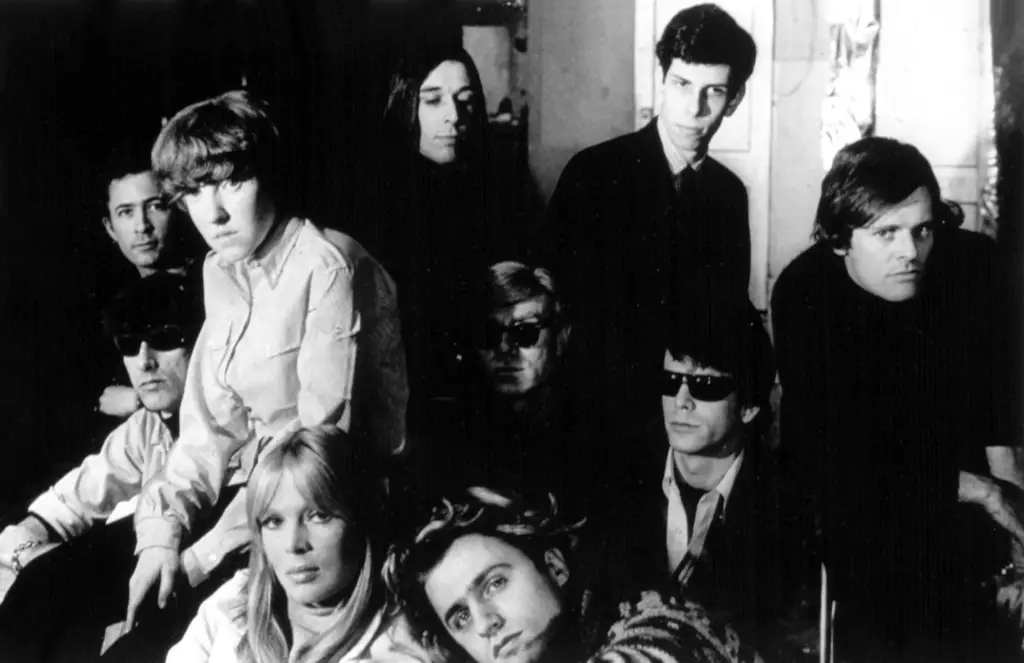
The Velvet Underground’s Loaded was their final album before disbanding, and it marked a departure from their more avant-garde, experimental roots. Produced by the legendary Lou Reed, Loaded was arguably the band’s most accessible album, blending rock, pop, and elements of folk into a sound that was catchy yet still uniquely theirs. Songs like “Sweet Jane” and “Rock & Roll” are straightforward rock anthems, but with a certain rawness that was unmistakable for the band.
What made Loaded stand out in a time of sprawling, complex albums was its simplicity and straightforwardness. It didn’t need to be as experimental or obscure as their previous work to be groundbreaking. Instead, it stripped down rock music to its essential core and created an album full of emotion, humanity, and surprisingly timeless hooks. It remains one of the most unique albums of the ’70s for its influence on punk rock and alternative music.
4. Captain Beefheart and His Magic Band – Trout Mask Replica (1969)
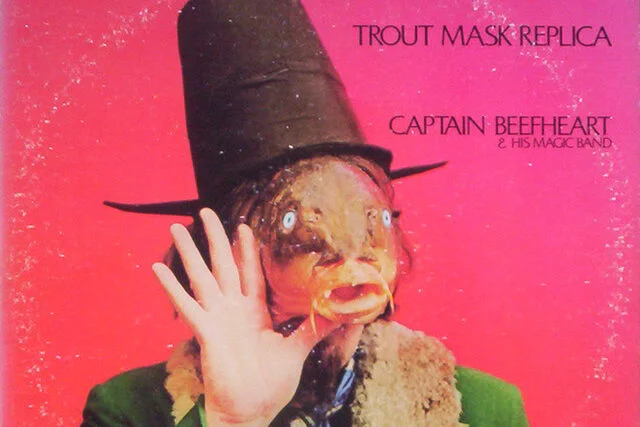
While Trout Mask Replica was released just before the ’70s, its influence on the following decade was undeniable. Captain Beefheart, the alter ego of Don Van Vliet, created an album that was a chaotic blend of blues, avant-garde jazz, and rock. It’s an album that defies easy categorization, with jagged rhythms, distorted vocals, and off-kilter guitar riffs that were nothing like anything else on the radio at the time. Tracks like “Moonlight on Vermont” are unsettling yet hypnotic, leaving the listener feeling both confused and captivated.
The sheer audacity of Trout Mask Replica made it a sonic anomaly in the world of mainstream rock. It didn’t follow any known rules and was a constant challenge to its listeners. Even with its challenging and inaccessible nature, the album influenced countless musicians throughout the ’70s and beyond, making it a unique record in rock history.
5. Steely Dan – Aja (1977)
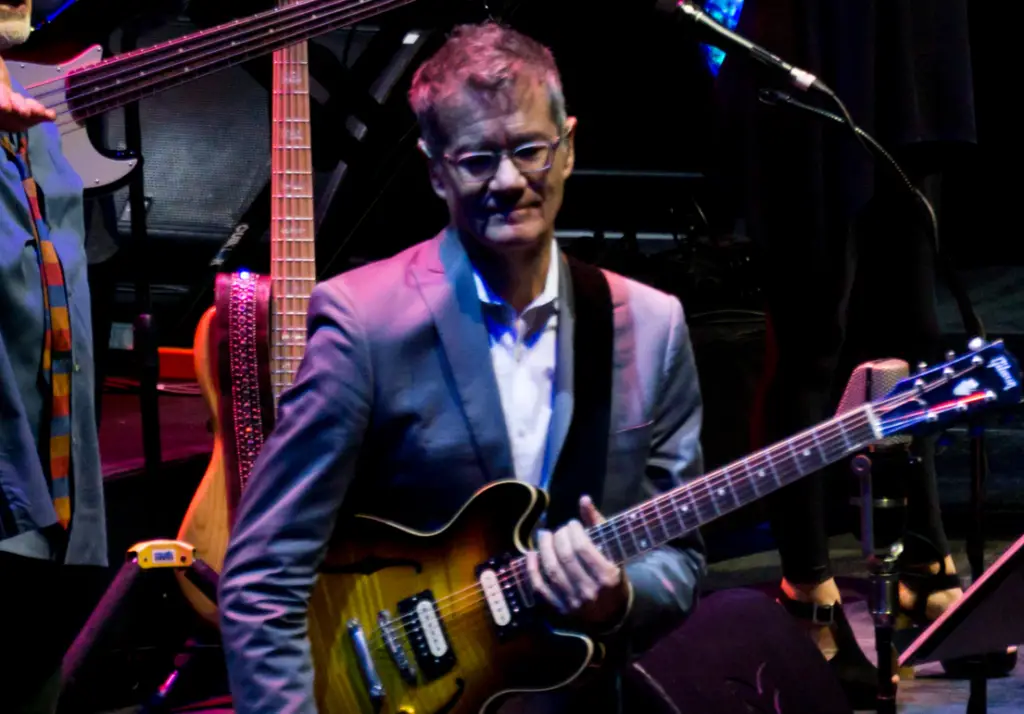
Steely Dan’s Aja brought together jazz, rock, and pop in a seamless fusion that was unlike anything being made in the ’70s. This album’s sophisticated production and complex arrangements were far more intricate than the typical rock music of the time. Songs like “Peg” and “Deacon Blues” became staples, with their smooth, jazzy feel and impeccable musicianship. The album’s meticulous production, including its use of studio musicians and layered compositions, set it apart as a masterpiece of polished sound.
What truly made Aja stand out was its blending of genres in a way that had never been done before. The band didn’t just dip their toes into jazz and rock—they fully embraced both, creating songs that felt like intricate, multi-dimensional pieces of art. It was a sound that could appeal to music lovers across a spectrum of genres, making Aja one of the most unique albums of the ’70s.
6. Funkadelic – Maggot Brain (1971)
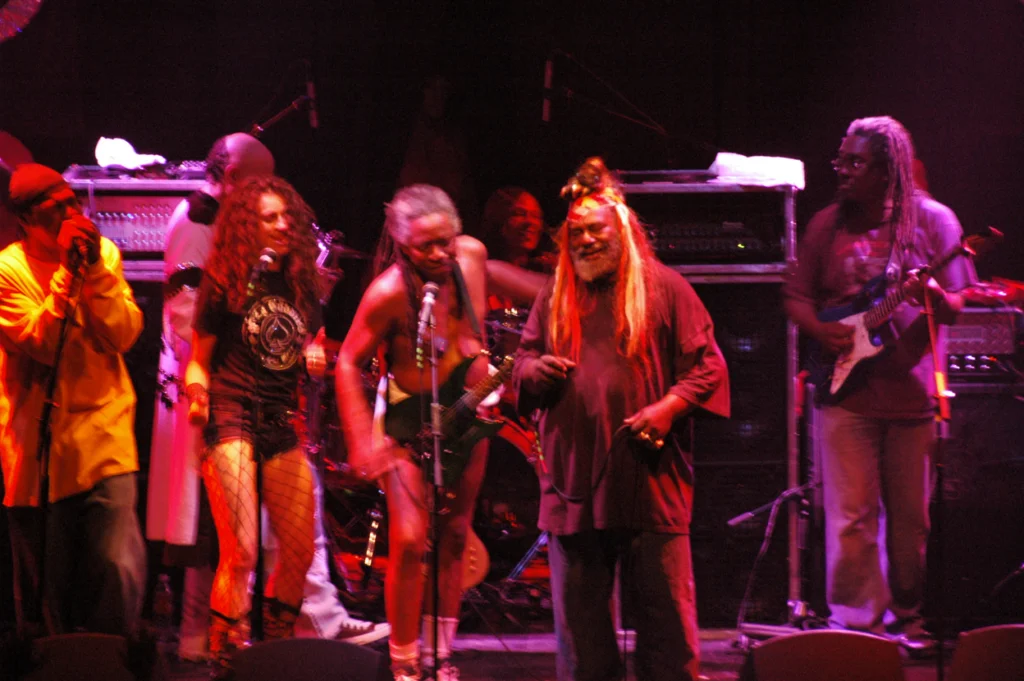
Funkadelic’s Maggot Brain was a monumental departure from what was expected of funk music. Led by George Clinton, the album was more experimental and far more psychedelic than anything in the genre at the time. The title track, an intense 10-minute guitar solo by Eddie Hazel, is a sonic journey that reaches emotional depths unlike anything you’d expect from a funk album. The album’s themes also delved into abstract, cosmic topics, making it an audacious blend of funk, rock, and psychedelic soundscapes.
What made Maggot Brain so revolutionary was its unrelenting drive to push the boundaries of what funk could be. It was unlike any other album on the radio, with a sound that was raw, experimental, and deeply emotional. The influence of Maggot Brain on the future of funk and rock is still felt today, making it an unmistakable classic.
7. The Stooges – Raw Power (1973)
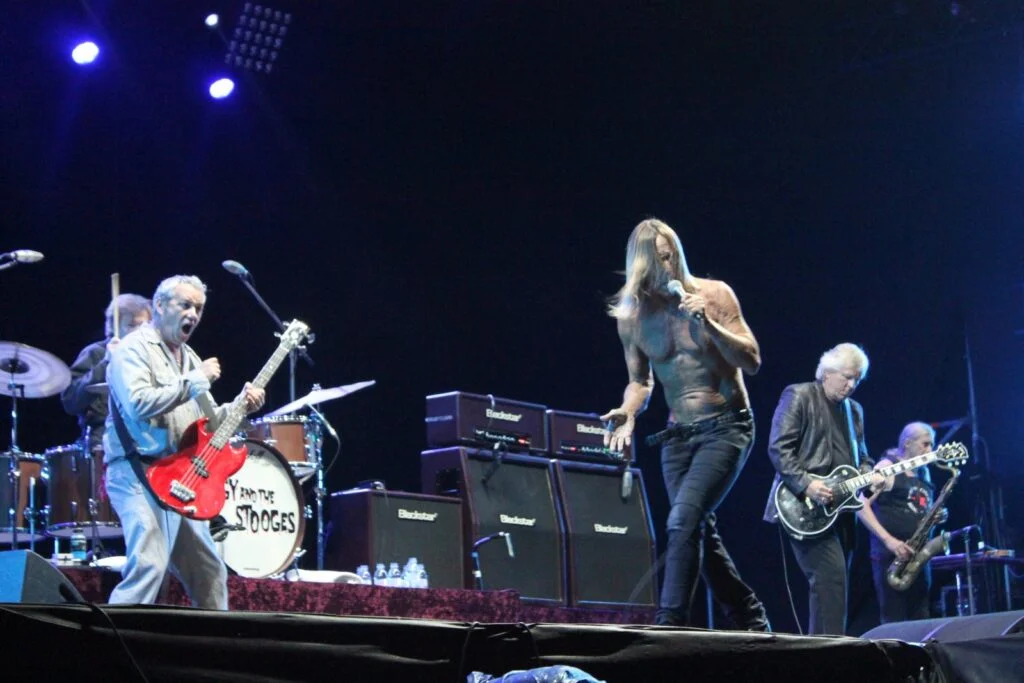
Iggy Pop and The Stooges’ Raw Power brought a raw, unfiltered energy that no other album had at the time. The album was a game-changer for punk rock, with its furious energy, gritty sound, and Iggy’s defiant vocals. Tracks like “Search and Destroy” and “Gimme Danger” captured a rebellious, chaotic spirit that inspired generations of punk musicians. The album was loud, abrasive, and full of attitude—everything rock wasn’t supposed to be in the early ’70s.
What made Raw Power so unique was its sound and approach to rock music. It stripped away the polish and production of mainstream rock and created something visceral and real. The energy and aggression of the album set the tone for the entire punk rock movement, making it one of the most influential albums of the era and a truly unique listen in the world of rock music.
8. Kraftwerk – Trans-Europe Express (1977)
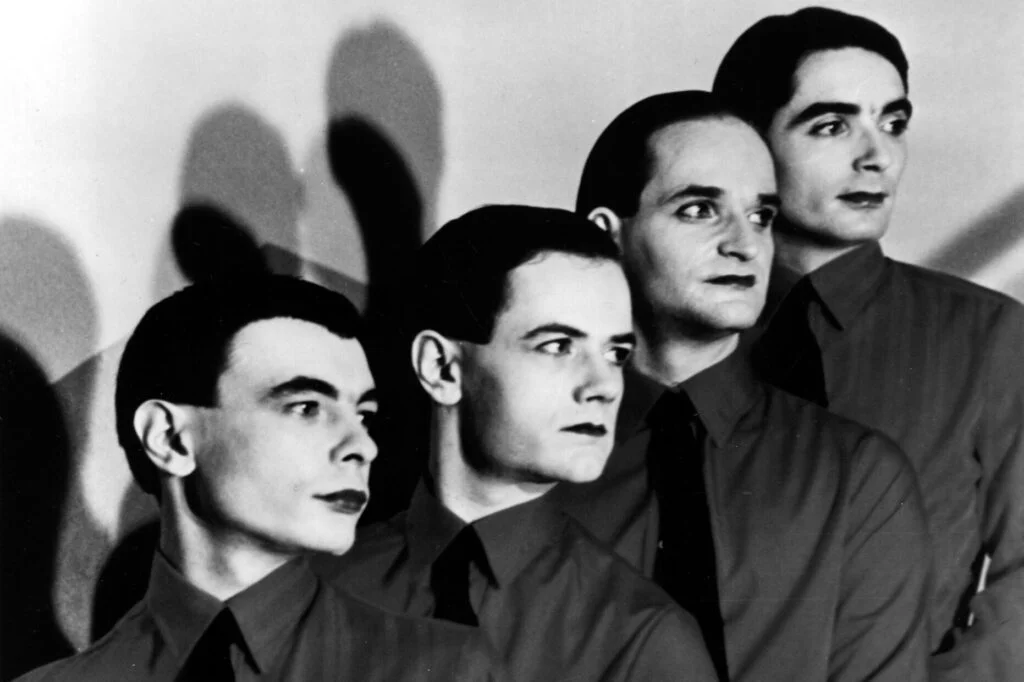
Kraftwerk’s Trans-Europe Express was a radical step forward in the marriage of music and technology. At a time when guitars and drums still ruled the rock world, the German group was crafting music almost entirely with synthesizers and drum machines. The album’s title track, with its hypnotic rhythm and robotic vocals, felt like a transmission from the future. Tracks like “Europe Endless” and “Hall of Mirrors” showcased their minimalism and precision, creating soundscapes that were unlike anything else on the charts.
What made Trans-Europe Express stand out was its unapologetic embrace of the machine age. Rather than trying to hide behind traditional rock structures, Kraftwerk leaned into the idea of music as a technological art form. The album became hugely influential, not only for electronic and new wave music but also for hip hop, with its beats sampled decades later by artists like Afrika Bambaataa. It was one of the most unique and forward-thinking albums of the ’70s.
9. Fleetwood Mac – Tusk (1979)
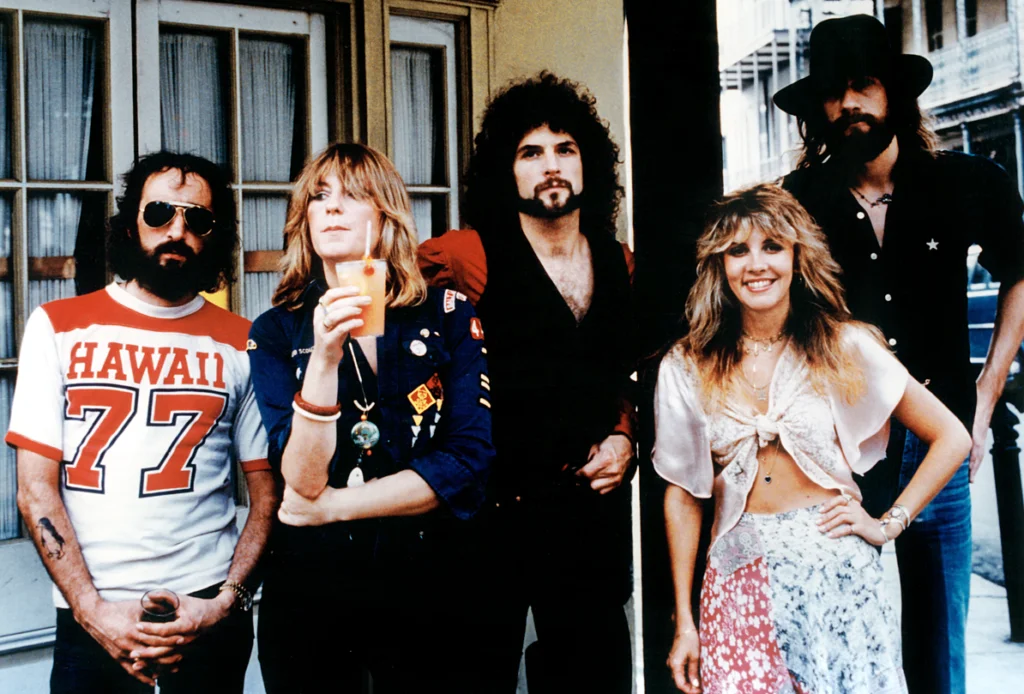
After the record-breaking success of Rumours, Fleetwood Mac shocked the music world by releasing Tusk, a sprawling, experimental double album. Lindsey Buckingham pushed the band away from polished pop-rock toward a more raw and edgy sound, influenced by punk and new wave. Songs like “The Ledge” and “Not That Funny” sounded worlds apart from the slick harmonies fans expected. Yet, the title track, complete with a marching band, showed the band’s willingness to take big risks with their sound.
What made Tusk so unique was its refusal to simply repeat the formula of Rumours. Instead, it was bold, messy, and fearless in its experimentation. Though some fans and critics were baffled at the time, the album has grown in reputation as one of the most daring mainstream releases of the decade. Its mix of avant-garde elements with pop sensibilities gave it a lasting influence on indie and alternative music.
10. Talking Heads – Fear of Music (1979)
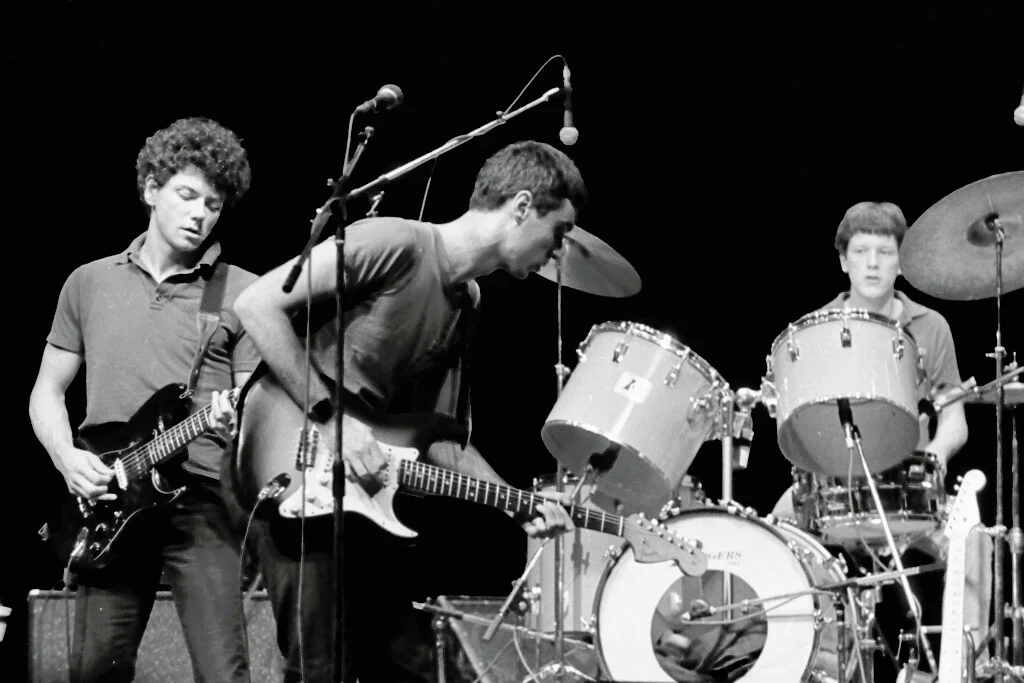
Talking Heads’ Fear of Music was unlike anything else in rock at the time. Produced with Brian Eno, the album took the band’s quirky art-rock style and infused it with darker themes and unusual rhythms. Songs like “Life During Wartime” captured paranoia and societal tension, while “I Zimbra” embraced African polyrhythms long before it was common in mainstream rock. David Byrne’s eccentric delivery gave the whole album a nervous energy that kept listeners on edge.
What made Fear of Music stand out was its willingness to blur the lines between rock, world music, and experimental sound. It wasn’t just catchy, it was also cerebral, pushing the boundaries of what lyrics and rhythm could do in a rock album. Its influence stretched far beyond the ’70s, paving the way for the band’s masterpiece Remain in Light and inspiring generations of alternative musicians.
11. Joni Mitchell – The Hissing of Summer Lawns (1975)

Joni Mitchell had already proven herself a master of folk and confessional songwriting, but The Hissing of Summer Lawns marked a turn toward something far more experimental. She moved away from traditional folk structures, incorporating jazz, world music, and layered arrangements. Songs like “The Jungle Line” used African drumming loops, something almost unheard of in Western pop music at the time. Her lyrics also became more abstract, painting vivid portraits of suburban life and cultural disconnection.
What made this album so unique was its uncompromising artistry. Mitchell wasn’t trying to chase radio hits—she was reinventing her own sound and exploring new territory. While divisive upon release, The Hissing of Summer Lawns has since been recognized as a groundbreaking work that challenged ideas of what a singer-songwriter could do. It remains one of the most daring and distinctive albums of the ’70s.
12. Black Sabbath – Master of Reality (1971)
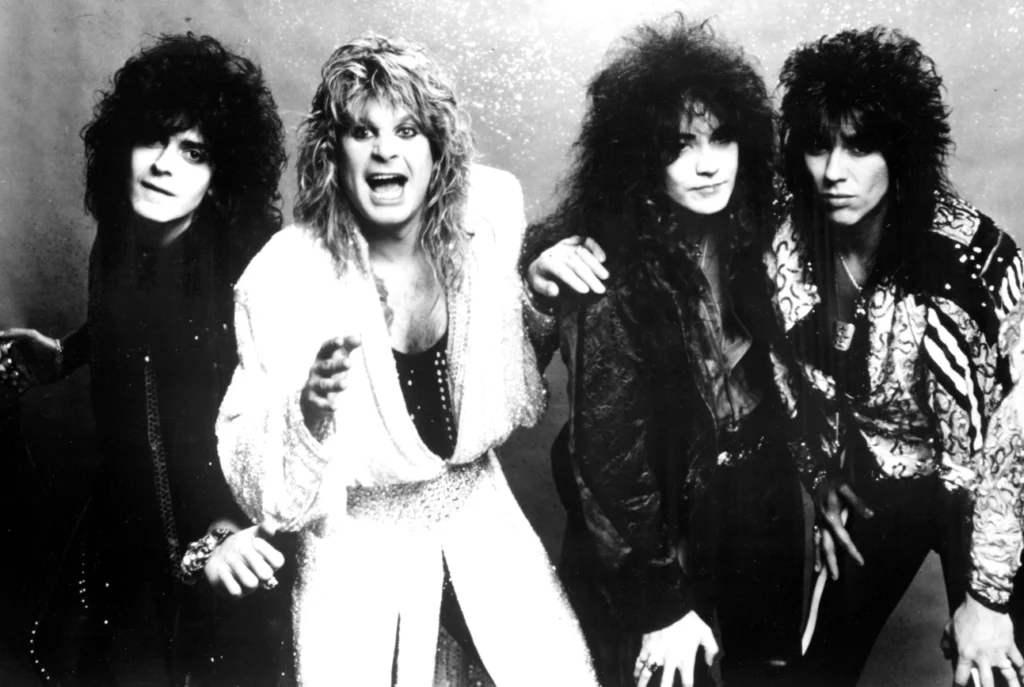
While Black Sabbath’s earlier albums helped invent heavy metal, Master of Reality took it to new extremes. The band tuned their guitars lower than ever before, creating a sludgy, doom-laden sound that was almost physically heavy. Songs like “Sweet Leaf” and “Children of the Grave” became instant classics, with Tony Iommi’s riffs laying the foundation for countless metal subgenres. The album’s sound was darker and thicker than anything fans had heard before.
What made Master of Reality unique was its unapologetic heaviness. Where other rock bands leaned on melody or speed, Sabbath embraced weight and atmosphere, crafting something ominous and relentless. It wasn’t just an album, it was the blueprint for stoner rock, doom metal, and much of the heavy music that followed. Few records have had such a direct influence on the future of rock.
13. Patti Smith – Horses (1975)
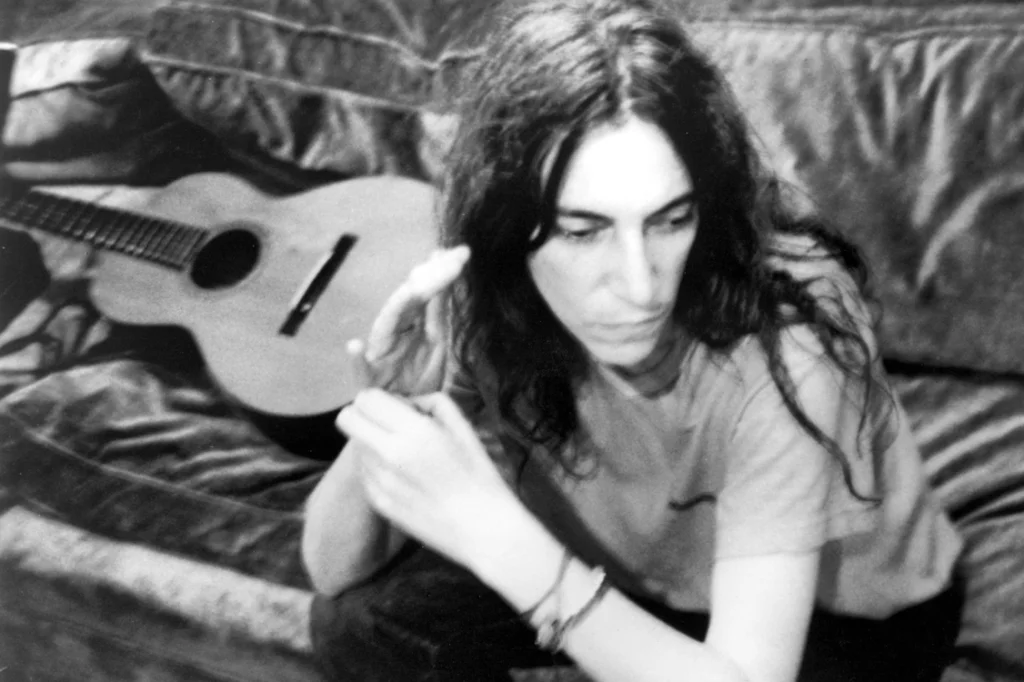
Patti Smith’s Horses was a revolution disguised as a rock album. Blending poetry, punk attitude, and raw rock energy, it gave a new voice to the underground music scene. The album opened with “Gloria,” a reinterpretation of the Van Morrison track that announced Smith’s defiance and artistry. Songs like “Birdland” and “Land” weren’t just songs, they were sprawling spoken-word performances that blurred the lines between music and literature.
What made Horses so groundbreaking was its refusal to play by any existing rules. It was punk before punk had a name, feminist without preaching, and poetic without being pretentious. Smith’s fearless vision inspired not only punk rockers but also artists across genres who saw how words and music could merge into something new. It was one of the most important and unique albums of the ’70s.
14. Brian Eno – Another Green World (1975)

Brian Eno’s Another Green World marked a turning point in his career, where he shifted from glam rock into ambient and experimental territory. The album was a hybrid, blending pop structures with atmospheric soundscapes. Songs like “St. Elmo’s Fire” offered quirky, offbeat pop, while instrumentals like “In Dark Trees” and “The Big Ship” pointed toward the ambient genre he would help pioneer. It was a record that felt both intimate and otherworldly.
What made Another Green World stand out was its seamless fusion of experimentation and accessibility. Unlike purely avant-garde works, it was melodic enough to draw listeners in while still breaking new ground. The album has since been recognized as one of the most influential of its era, laying the foundation for ambient music and influencing everyone from David Bowie to modern electronic artists.
15. Roxy Music – For Your Pleasure (1973)
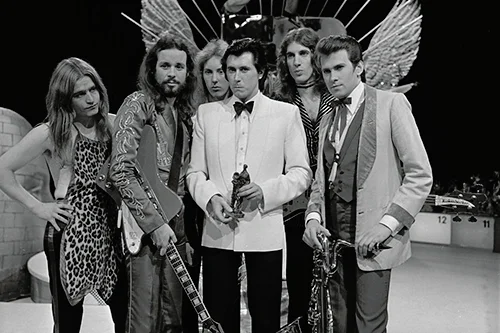
Roxy Music’s For Your Pleasure was a glamorous, bizarre, and experimental masterpiece that captured the essence of art rock. With Bryan Ferry’s suave vocals and Brian Eno’s sonic wizardry, the album felt like a collision of style and substance. Songs like “Do the Strand” mixed high-energy glam with sly humor, while tracks like “In Every Dream Home a Heartache” pushed into darker, more surreal territory. The album blurred lines between camp, sophistication, and experimentation.
What made For Your Pleasure unique was its theatricality. It wasn’t just music, it was performance art set to sound. The mixture of glam rock gloss with avant-garde exploration made the album feel like nothing else of its time. Its influence extended well beyond the ’70s, helping shape the sounds of punk, new wave, and alternative rock.
16. Miles Davis – Bitches Brew (1970)
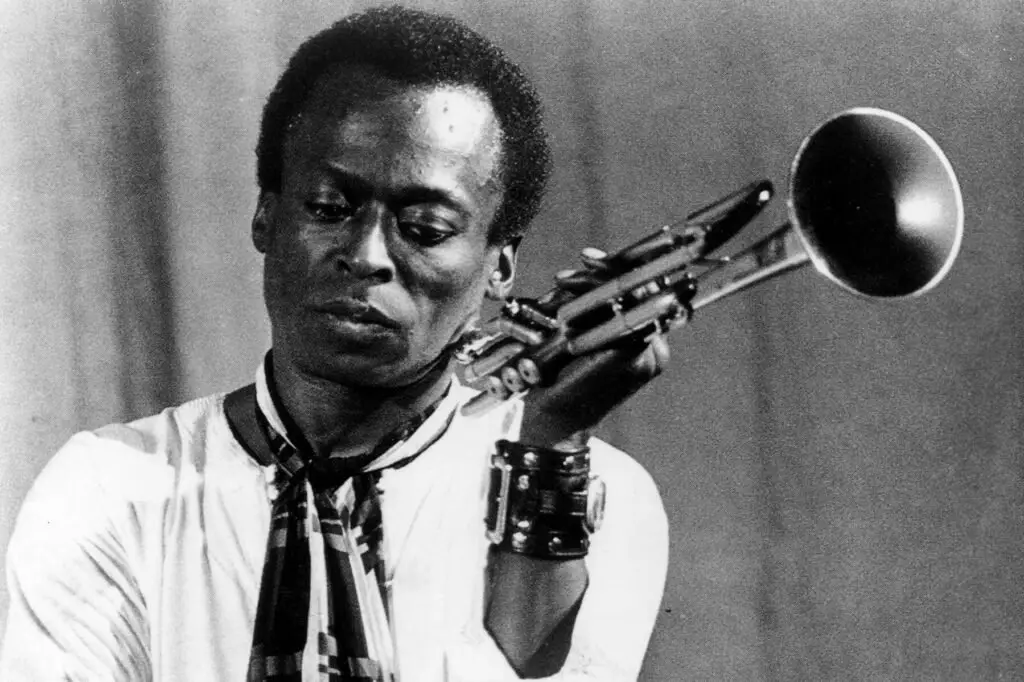
Miles Davis’s Bitches Brew changed the face of jazz and rock simultaneously. This double album blended improvisational jazz with electric instruments, creating sprawling, chaotic soundscapes that felt alive and unpredictable. Songs like “Pharaoh’s Dance” and the title track stretched past the 20-minute mark, pulling listeners into a whirlwind of rhythm and experimentation. It wasn’t traditional jazz, but it wasn’t rock either—it was something entirely new.
What made Bitches Brew so unique was its radical fusion. It broke down barriers between genres, bringing jazz improvisation into the world of rock and psychedelia. The album became a cornerstone for jazz fusion, influencing not only jazz musicians but also rock artists who admired its daring scope. It was a bold declaration that music could be boundless.
17. Ramones – Ramones (1976)
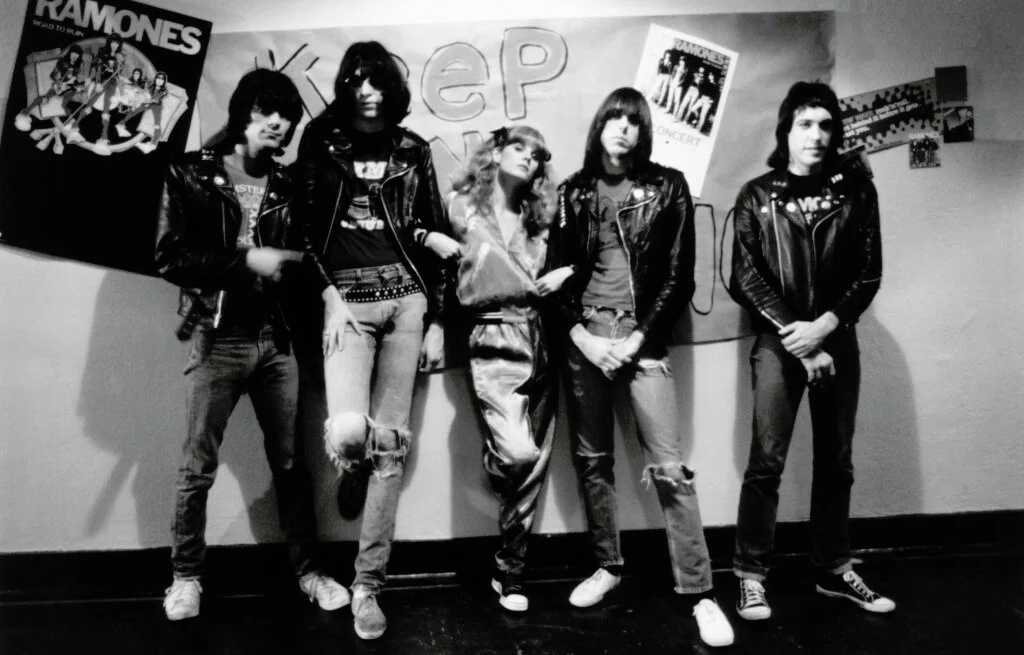
When the Ramones released their debut album, it was a shock to the system. At a time when progressive rock and long jams dominated, they offered two-minute bursts of raw energy. Songs like “Blitzkrieg Bop” and “Judy Is a Punk” were stripped down to the essentials—loud guitars, pounding drums, and shout-along choruses. It was fast, simple, and full of attitude, a complete break from the bloated rock of the mid-’70s.
What made Ramones so unique was its sheer simplicity. It didn’t try to impress with technical skill or elaborate production. Instead, it tapped into something primal and immediate. That approach became the blueprint for punk rock, inspiring countless bands who saw that music could be powerful without being complicated. It remains one of the most influential and groundbreaking albums of the decade.

